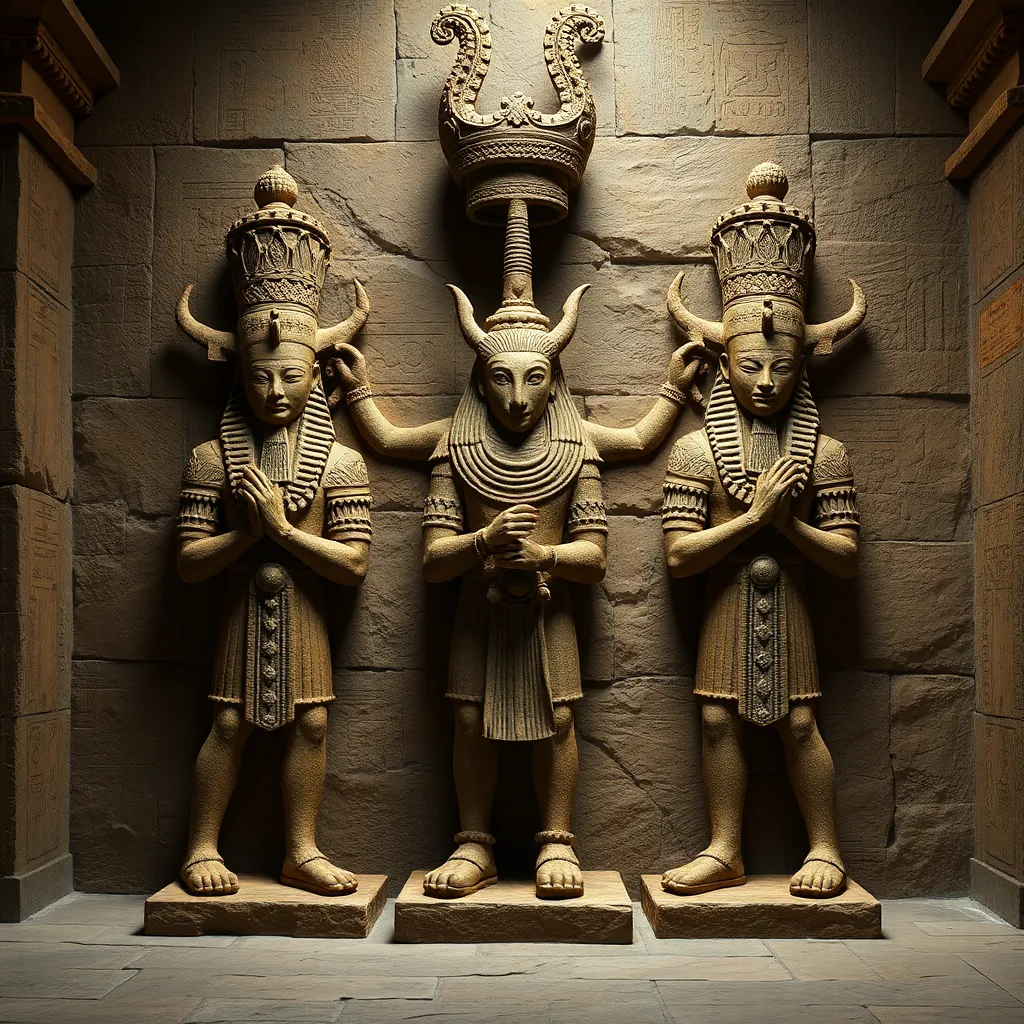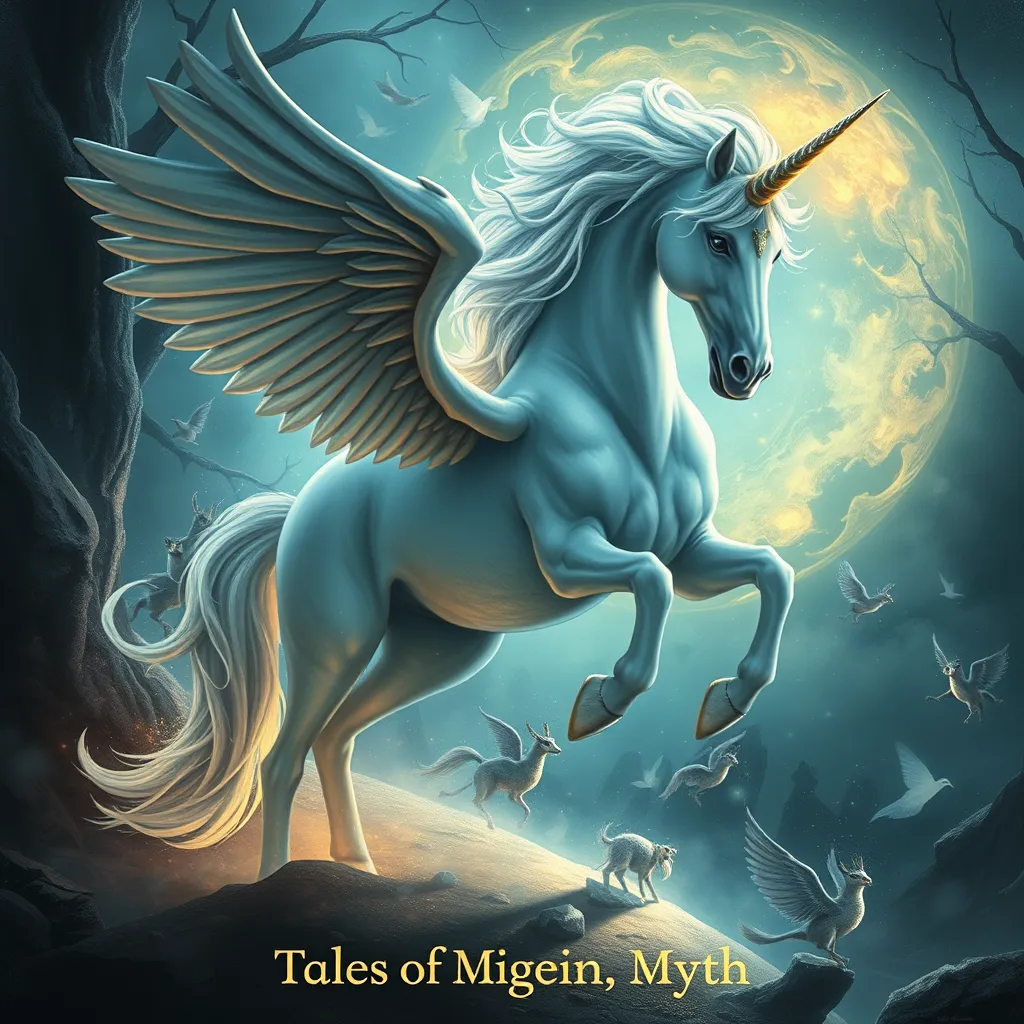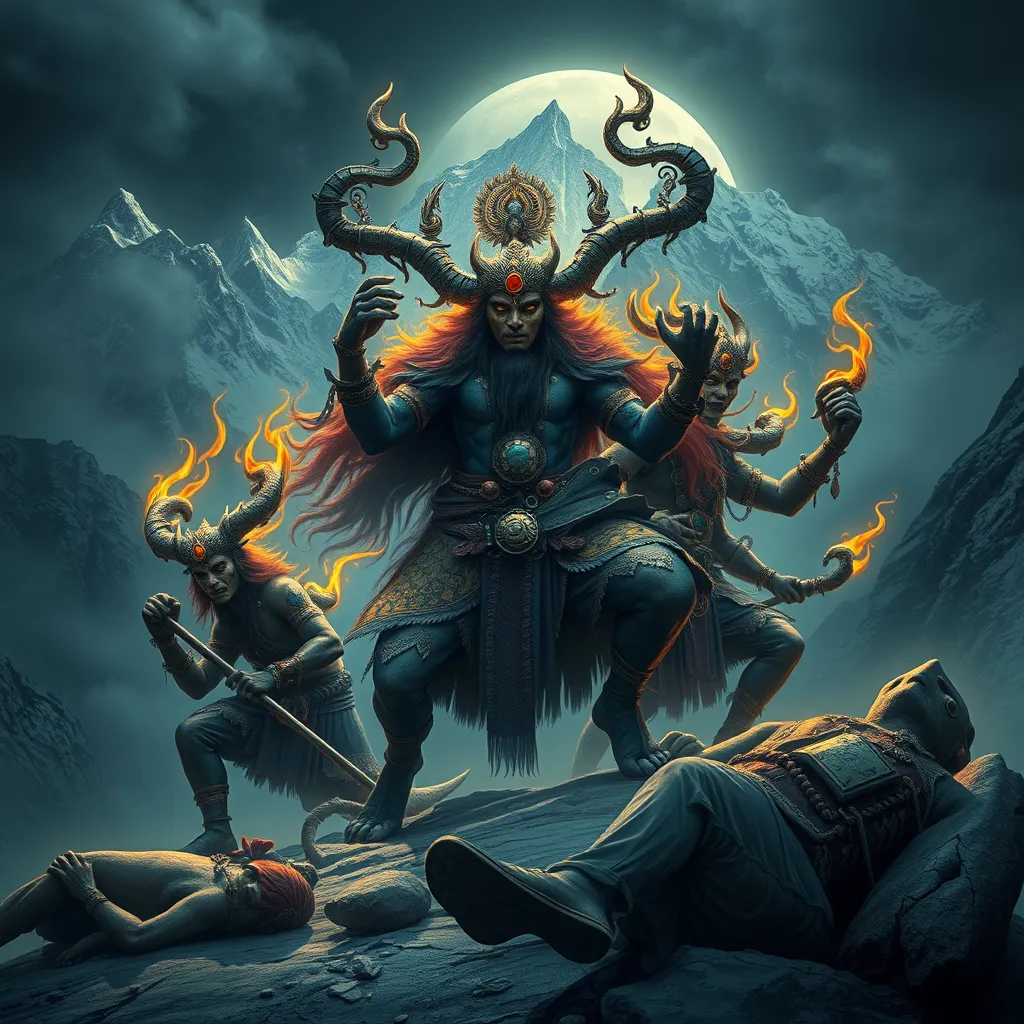Ancient Akkadian Beliefs: Deciphering the Lamassu’s Role in Ritual and Ceremony
I. Introduction
The Akkadian civilization, which flourished in ancient Mesopotamia around 2334 to 2154 BCE, is known for its rich cultural and historical contributions. This civilization was characterized by its advancements in writing, architecture, and governance, primarily under the rule of the Akkadian Empire, founded by Sargon of Akkad. Central to the Akkadian way of life was religion, which permeated every aspect of society, influencing politics, art, and daily practices.
Religion and rituals held a paramount place in Akkadian society, as they were seen as vital for maintaining the favor of the gods and ensuring the prosperity of the state. Among the various symbols of divine protection and power, the Lamassu emerged as a significant cultural icon. This mythical creature, often depicted as part human and part animal, served as a guardian of sacred spaces and a symbol of strength and protection.
II. The Lamassu: Physical Characteristics and Symbolism
A. Description of the Lamassu’s appearance
The Lamassu is characterized by its unique and formidable appearance, typically depicted with the body of a lion or bull, the wings of an eagle, and a human head. This hybrid form represents the combination of various attributes: strength, nobility, and divine oversight. The human head is often shown with a beard, and the expression varies from serene to fierce, symbolizing the dual nature of protection and ferocity.
B. Symbolism associated with the Lamassu
The Lamassu embodies several key themes in Akkadian belief:
- Protection: Positioned at entrances of temples and palaces, the Lamassu was believed to guard against evil spirits and misfortune.
- Power: The imposing figure conveyed the strength and authority of the king and the divine right to rule.
- Divine presence: The Lamassu served as an intermediary between the gods and the people, embodying the divine will.
C. Evolution of Lamassu representations through Akkadian history
Over time, representations of the Lamassu evolved, reflecting changes in artistic style, cultural influences, and the political landscape of the Akkadian Empire. While early depictions were more abstract, later representations became increasingly detailed and realistic, showcasing the craftsmanship of Akkadian artisans.
III. Historical Context of the Lamassu
A. Origins and development of Lamassu in Mesopotamian culture
The Lamassu can trace its origins back to earlier Mesopotamian cultures, where similar protective figures were utilized. The Assyrian adaptation of the Lamassu further solidified its cultural significance, incorporating it into various aspects of their own rituals and architecture.
B. The Lamassu in the context of the Akkadian Empire’s rise and fall
As the Akkadian Empire rose to prominence, the Lamassu became a symbol of imperial power. However, with the empire’s decline, the significance of the Lamassu began to shift, reflecting the changing religious and cultural landscape of Mesopotamia. The Lamassu continued to be revered in subsequent empires, notably the Assyrian Empire.
C. Comparison with similar creatures in neighboring cultures
Other ancient civilizations, such as the Hittites and Persians, also developed similar guardian figures. These creatures often shared characteristics with the Lamassu, demonstrating the interconnectedness of Near Eastern cultures. For instance, the Hittite “guardian figures” served similar protective roles but varied in form and symbolism.
IV. The Role of the Lamassu in Akkadian Rituals
A. Function of Lamassu in temple architecture and sacred spaces
The Lamassu was prominently featured in the architecture of temples and palaces, strategically placed at entrances to denote the sacredness of the space. Their size and grandeur commanded respect and awe, reinforcing the spiritual atmosphere of these locations.
B. Rituals involving the Lamassu
Various rituals incorporated the Lamassu, including:
- Offerings: Sacrifices and offerings were made at the feet of the Lamassu to invoke protection and favor from the gods.
- Prayers: Priests would recite prayers and incantations in the presence of the Lamassu, seeking divine intervention.
- Ceremonies: Important religious ceremonies often featured the Lamassu as a focal point, symbolizing the connection between the divine and the earthly realm.
C. The Lamassu as a guardian figure during important religious events
During major religious events, such as the New Year festival, the Lamassu played a vital role as a guardian figure, ensuring that rituals were conducted safely and effectively. Its presence was believed to ward off chaos and promote order during these significant occasions.
V. The Lamassu in Mythology and Literature
A. Examination of myths and stories involving the Lamassu
The Lamassu appears in various myths and legends, often depicted as a protector of the king and a mediator between gods and humans. These stories emphasized its role in maintaining cosmic order.
B. The Lamassu’s place in Akkadian literature and art
In Akkadian literature, the Lamassu is frequently referenced, symbolizing divine protection and authority. Artistic representations in reliefs and sculptures further illustrated its importance in both public and private spaces.
C. Interpretations of Lamassu in relation to Akkadian cosmology
The Lamassu’s significance is deeply intertwined with Akkadian cosmology, embodying the balance between chaos and order, human and divine. Its representation in art and literature reflects the culture’s understanding of the universe and their place within it.
VI. Archaeological Discoveries and Significance
A. Major archaeological sites featuring Lamassu sculptures
Several archaeological sites, such as the ruins of Nineveh and Dur-Sharrukin, have yielded remarkable Lamassu sculptures. These sites provide insights into the artistic techniques and religious practices of the Akkadian and Assyrian peoples.
B. Insights gained from artifacts and inscriptions related to Lamassu
Artifacts and inscriptions found alongside Lamassu sculptures have revealed much about their role in society, including details about rituals, offerings, and the socio-political context of their creation.
C. The role of Lamassu in understanding Akkadian society and beliefs
The study of Lamassu figures has been crucial in understanding the beliefs and values of the Akkadian civilization, particularly regarding their views on protection, power, and the divine. It sheds light on how they navigated their existence in a world filled with uncertainties.
VII. The Lamassu’s Legacy in Later Cultures
A. Influence of the Lamassu on subsequent civilizations
The Lamassu’s influence extended beyond the Akkadian Empire, impacting later civilizations, such as the Assyrians and Persians, who adopted and adapted the figure into their own cultures. The Lamassu became a staple of royal iconography and architecture, reinforcing the themes of protection and power.
B. The resurgence of Lamassu imagery in modern art and culture
In contemporary times, the Lamassu has experienced a resurgence in interest, often appearing in modern art and popular culture. Artists have drawn inspiration from this ancient symbol, reinterpreting its significance in today’s context.
C. The Lamassu as a symbol of cultural heritage and identity
Today, the Lamassu serves as an emblem of cultural heritage, representing the rich history of Mesopotamia. It stands as a reminder of the complexities of ancient beliefs and the continuous thread of cultural identity that connects past and present.
VIII. Conclusion
In summary, the Lamassu holds a pivotal position in Akkadian ritual and belief, serving as a guardian figure and a powerful symbol of divine protection. Its intricate representations and multifaceted roles in society reflect the values and cosmological views of the Akkadians.
The enduring legacy of the Lamassu, from ancient times to its influence on later cultures and modern interpretations, highlights the significance of studying ancient beliefs. Understanding these beliefs not only enriches our knowledge of the past but also allows us to reflect on the cultural narratives that continue to shape our identities today.




